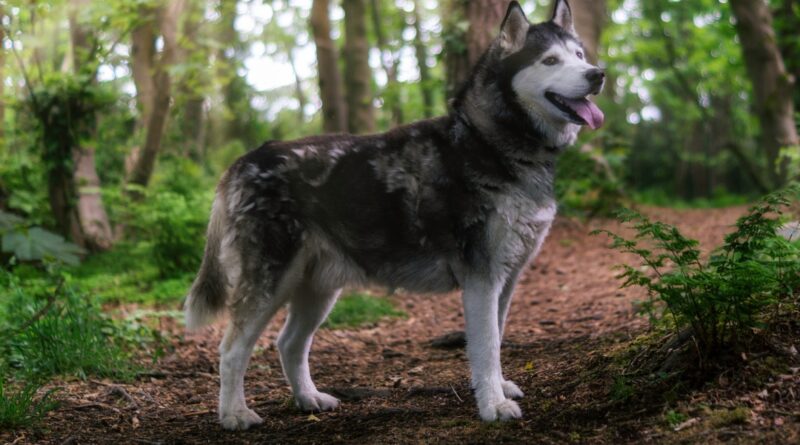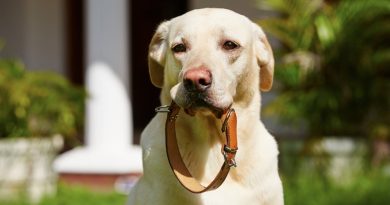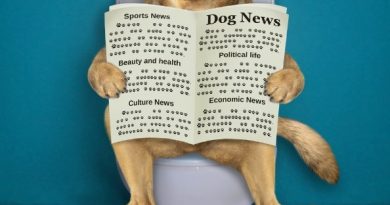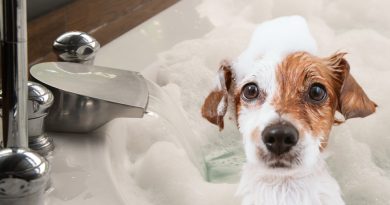Siberian Husky: the perfect companion for outdoor adventures?
Frequently Asked Questions:
Can you walk a Siberian Husky?
Yes, Siberian Huskies love to go for walks and need regular exercise to stay healthy and happy.
What are the advantages of having a Siberian Husky?
One of the main advantages of having a Siberian Husky is their friendly, energetic, and loyal personality. They are also known for their impressive beauty and their ability to get along well with children and other pets.
Can you leave a Siberian Husky alone?
It is not recommended to leave a Siberian Husky alone for long periods as they can become bored and destructive. They thrive on human and canine companionship.
How far can a Siberian Husky run?
A Siberian Husky can run long distances, often covering up to 30 kilometers or more in a day, especially if they are trained for it.
Can you leave a Siberian Husky out in the rain?
Siberian Huskies are resistant to cold and moisture, but they should not be left outdoors for long periods, especially in extremely cold climates.
Can you raise a Siberian Husky in the backyard?
Yes, Siberian Huskies can be raised in spacious backyards as long as they have access to adequate shelter, exercise, and regular human interaction.
How many degrees can a Husky endure?
Siberian Huskies are more comfortable in cold climates and can withstand very low temperatures, even below zero.
How many baths can a Husky take?
Siberian Huskies have a double coat that protects them from water and dirt, so they do not need frequent baths. Usually, a bath every two months is sufficient unless they are particularly dirty.
What is the cost of keeping a Siberian Husky?
The cost of keeping a Siberian Husky can vary depending on factors such as food, veterinary care, training, and others. On average, you can expect to spend between $200 to $500 per month.
Can you wet a Husky in the heat?
Yes, wetting a Siberian Husky can help them cool down in the heat, but be sure to dry them completely to avoid skin problems.
How long does a Siberian Husky live in Brazil?
On average, Siberian Huskies live for 12 to 15 years, but this can vary depending on care and genetics.
What is the rarest color of a Siberian Husky?
The rarest color of a Siberian Husky is pure white, without marks or spots.
When does a Husky stop being a puppy?
A Siberian Husky is considered an adult between 1 and 2 years old, depending on their physical and mental development.
What can’t a Husky eat?
Siberian Huskies should avoid foods such as chocolate, grapes, onions, garlic, and foods high in fat, as they can be toxic to them.
How strong is a Husky?
Siberian Huskies are strong and athletic dogs, capable of pulling heavy loads over long distances due to their sled dog heritage.
How many hours does a Husky sleep?
Siberian Huskies usually sleep between 12 and 14 hours a day, but this can vary depending on activity level and age.
How do you know if a Siberian Husky is original?
To ensure that a Siberian Husky is genuine, it is important to acquire them from a reputable breeder or shelter, where pedigree documents and health guarantees can be provided.
How do you tire out a Siberian Husky?
Siberian Huskies are very energetic, so activities like long walks, runs, outdoor play, and obedience training can help tire them out physically and mentally.
Can you leave a Husky alone?
Siberian Huskies should not be left alone for long periods as they can develop destructive behaviors due to boredom and loneliness.
Why does a Husky pant?
Siberian Huskies may pant as a way to regulate body temperature, especially in hot weather or after intense exercise.
What does it mean when a dog licks its owner?
When a dog licks its owner, it can be a way to show affection, seek attention, or even identify the owner’s scent.
What does it mean when a dog puts its paw on its owner’s face?
When a dog puts its paw on its owner’s face, it can be a sign of submission, an attempt to get attention, or simply a way to seek physical contact.
What does it mean when a dog keeps asking for cuddles?
When a dog keeps asking for cuddles, it can be a way to seek comfort, security, and closeness with the owner. This can also indicate that the dog is feeling anxious or needs extra attention.




